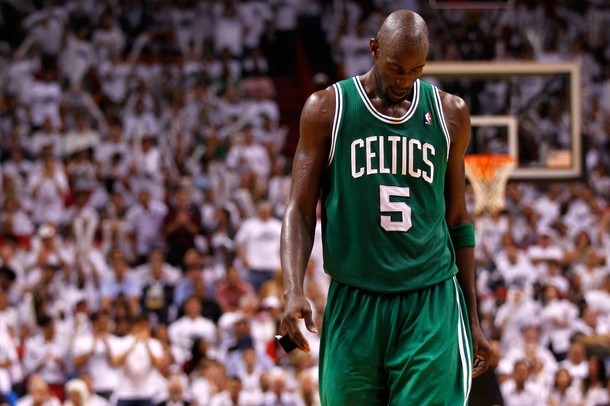For years I’ve seen guys like ESPN’s Mark Simon tweeting all these fancy facts about batted ball quality and I’ve been very jealous. It is a seemingly valuable swath of data that just hasn’t been made available to the general public… until now. Fangraphs has finally added this data to their batted ball section of data. Needless to say, I was quite eager to dive in and see what it could tell us about the Angels batted ball quality for both pitchers and hitters.
I looked at the Angel pitchers first. We already saw the other day that Jered Weaver was giving up a lot more hard hit balls than he ever had. What surprised me is that Hector Santiago has been even worse. In fact, he has one of the highest hard hit ball percentages in all of baseball. I’m a guy who doesn’t think very highly of Santiago’s ability, but even I was shocked to see that.
I was also surprised to see that C.J. Wilson has been hit a little harder this year despite being much more effective than during his lousy 2014 season. What is important to note here is that C.J. has been giving up a lot more flyballs this year and been harder to pull, so that would at least be a partial explanation for how he’s been able to get away with that. I suspect there is also a lot of noise in the metric still. I don’t know at what point we can consider a sample large enough with this sort of data.
Not surprising was that Matt Shoemaker is getting hit harder this season and that Garrett Richards generates a ton of soft and medium contact. Richards is also pretty dang hard to pull because, shocker, getting around on a 97 MPH fastball is kinda hard.
With the other pull metrics, what really blew me away is that Huston Street and Mike Morin both have pull percentages of 20.8% or lower. To me, that goes to show that even without great velocity, you can use a good changeup to keep hitters off balance. Granted, those pull numbers are much lower than what either guy has done in the past, so this could be the aforementioned small sample size at play.
On the hitting side, I’m sure you’ll be floored at the revelation that Mike Trout is among the league leaders in hard hit ball percentage. He’s also been pulling the ball a small amount more as he continues his evolution into a pure slugger.
On the flip side, Matt Joyce, Albert Pujols, Erick Aybar and Johnny Giavotella were all in the bottom 30 of hard hit ball percentage. Chris Iannetta would be too if he qualified. For Joyce, Pujols and Iannetta, those rates are well below their career norms which actually might be a good sign that they can rebound. Pujols and Iannetta both have the same relative pull/center/opposite ratios, so that at least suggests to me that there isn’t anything else going on like losing bat speed, but maybe I’m reading too much into that. For Joyce though, his pull percentage is well down, which makes his slump all that much more concerning.
With Aybar, however, his hard hit ball percentage is perfectly normal. He’s not a big slugger and hits a lot of grounders, so there isn’t an expectation that he’s going to be getting a lot of hard hits. The same goes for Giavotella, though there is a little more cause for concern there as he has the seventh-highest soft hit ball percentage. Again, that’s not necessarily damning as he shares that leaderboard with guys like Nori Aoki, Starlin Castro and a few other low-power hitters that have maintained high averages. Of course, there are also a number of guys near him on the list who are succeeding with a lot of soft hit balls and a very high BABIP, a subset of which Johnny might be a part.
For all of these guys I’m not sure there are any real firm conclusions that can be drawn, except for this one: C.J. Cron stinks. He is supposed to be a big-time slugger, so you’d expect lots of hard hits, few soft hits and a big pull percentage.
Nope, nope and nope.
If you extend the leaderboard out to a minimum of 70 plate appearances, Cron would have a lower-tier hard hit ball percentage, the fourth-highest percentage of soft his balls, and the eighth-lowest pull percentage in baseball. This is what happens when you swing at everything; you make a lot of contact, but most of it is quite poor. His rates were much better last year, so there is hope, but I wouldn’t hold my breath.
Overall, I’m just happy to have these metrics available as it gives us more to work with to determine which of the many, many, many struggling Angels hitters can come around and even gives us the data to actually verify our observations when we think we see that a batter is “starting to hit the ball a whole lot better” or when a pitcher looks as if he’s “getting knocked around pretty good.”
Add The Sports Daily to your Google News Feed!
